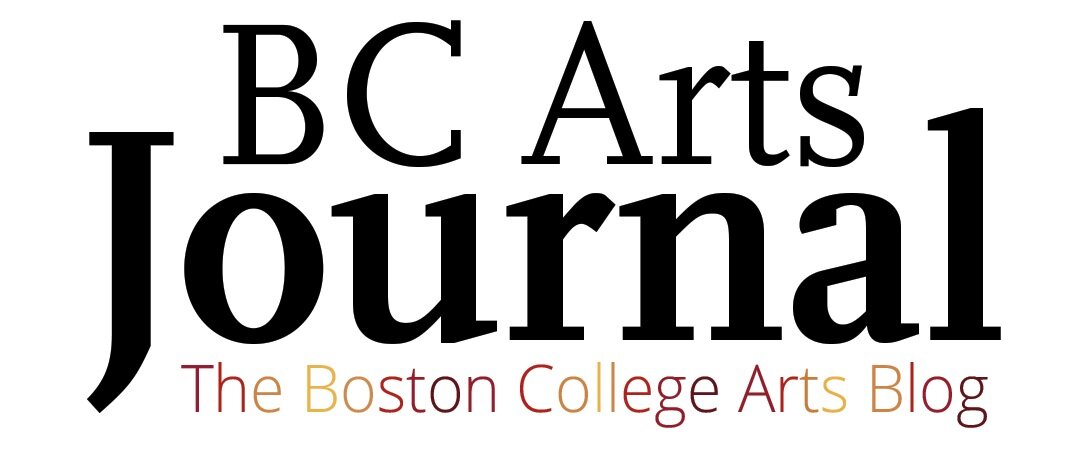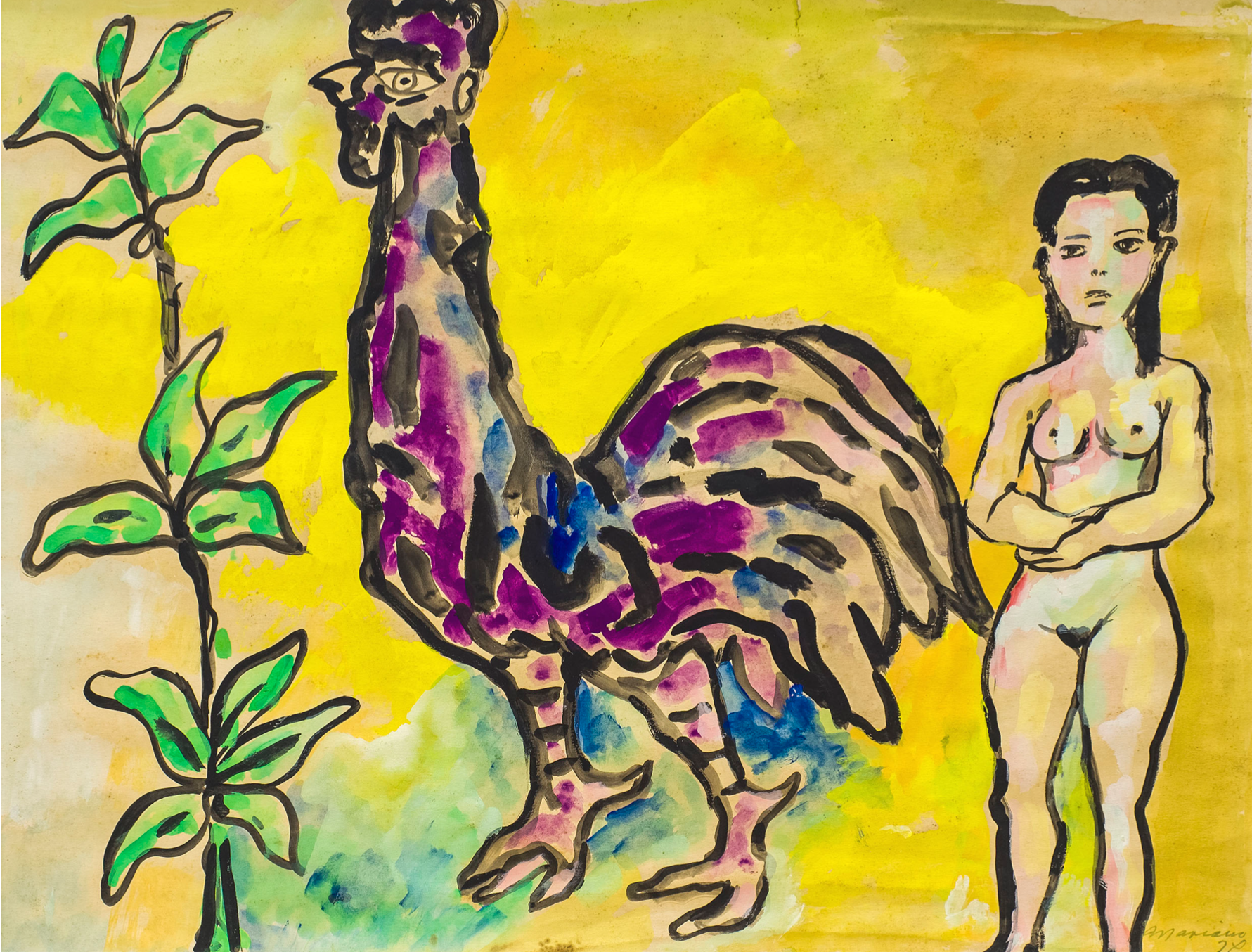A Review of the McMullen’s “Mariano: Variations on a Theme”
by Margot Striegel ‘24
______________________________________________________________________________________________________________________
The McMullen Museum is the first to ever display the expansive oeuvre of the prominent second generation Cuban modernist Mariano Rodriguez with its exhibit entitled “Mariano: Variations on a Theme”. With a career spanning half a century, Mariano was an artist well-versed in the styles that came in and out of vogue throughout the mid to late 20th century, adding his own flair to each that uniquely incorporated his Cuban heritage. Each decade, Mariano revealed a new stage in his development as an artist, embracing the colors, scenes, and essence of the Cuban experience in a splendidly enigmatic way. The exhibit is home to many compositions that have never before been seen by the artist, and his avant-garde style is one that can be noted as stylistically akin to various European masters of the same generation, such as Cezanne, Picasso, and Matisse.
The exhibition itself spans several large gallery rooms, each displaying a decade of Mariano’s works, culminating in the latter decades of his work in a separate gallery on the 3rd floor. Beginning in the 1930s and continuing through the 40s, the artist’s rudimentary style had a strong Mexican influence, a culture from which he drew imagery and themes, such as the Gallo, or rooster, to create individualized portraits and drawings. At this time, he had left his homeland for Mexico and was working alongside other artists fueled by the Cuban Revolution. Filled with liveliness and levity, this early period was demonstrative of his excellence in portraiture and capturing the essence of the people from which he drew inspiration.
“Mujer con gallo”
Mariano Rodriguez, 1941
The next two decades, the 50s and 60s, witnessed a shift towards abstract expressionism, where he continued to depict the familiar themes yet with nuance and the chiaroscuro technique. This led to his implementation of the grotesque—deep contrasts between dark and light, lack or overabundance of color, and a general sense of mystery—which dovetailed off of his cubist and Fauvist phases. In the latter decades of his work, Mariano emerged from his aesthetic crisis and reintroduced a color palette of great variety, as well as harkening back to themes from his origins, like the Gallo. His works, no matter the period, are rendered with what curator Elizabeth Thompson Goizeuta describes as everything that is “essentially Cuban”: an abundance of flora and fauna, glorification of women through anatomy, and a sensual flair to scenes of ordinary life.
“Mujer con gallo”
Mariano Rodrigues, 1947
This exhibit piqued my interest for so many reasons, the main one being simply the delightful nature of Mariano’s prodigious hand. Though his style is not a consistent one, this by no means hinders the viewer’s enjoyment of his compositions—if anything, it grounds the viewer in reality, reminding us that we all traverse through life and change as we learn, grow, and experience. After observing his art, you can tell that he gave and received influence from other artists of this period, and this sense of symmetry in art is what really bridges creators and their compositions with others. I would concede that my favorite works are from the end of his career in the 70s and 80s. The light-hearted aura of the compositions from these decades really warms the viewer. They evoke a sense of comfort and familiarity, which is an even more spectacular feat knowing that ten years prior, his emphasis was on the grotesque! And the gallo, the distinct hallmark of Mariano’s iconography--could he have chosen a more adorably emblematic symbol to both express aspects of his culture as well as the beauty of the natural world? This symbol is absolutely one of my favorite characteristics of his art.
Mariano’s works, which have never been displayed in an exhibit of this caliber, are finally getting the appropriate recognition they deserve. Withheld to no specific genre, his contributions to art as a cubist, Neo-classicist, modernist, Fauvist, and abstract expressionist are vast and resplendent in their earthy and grounded iconography that truly encapsulates his Cuban identity. The exhibit, which will remain in the museum until 2022, is currently open to visitors at any time, and there are various related events and tours happening, which are available on the McMullen website.


